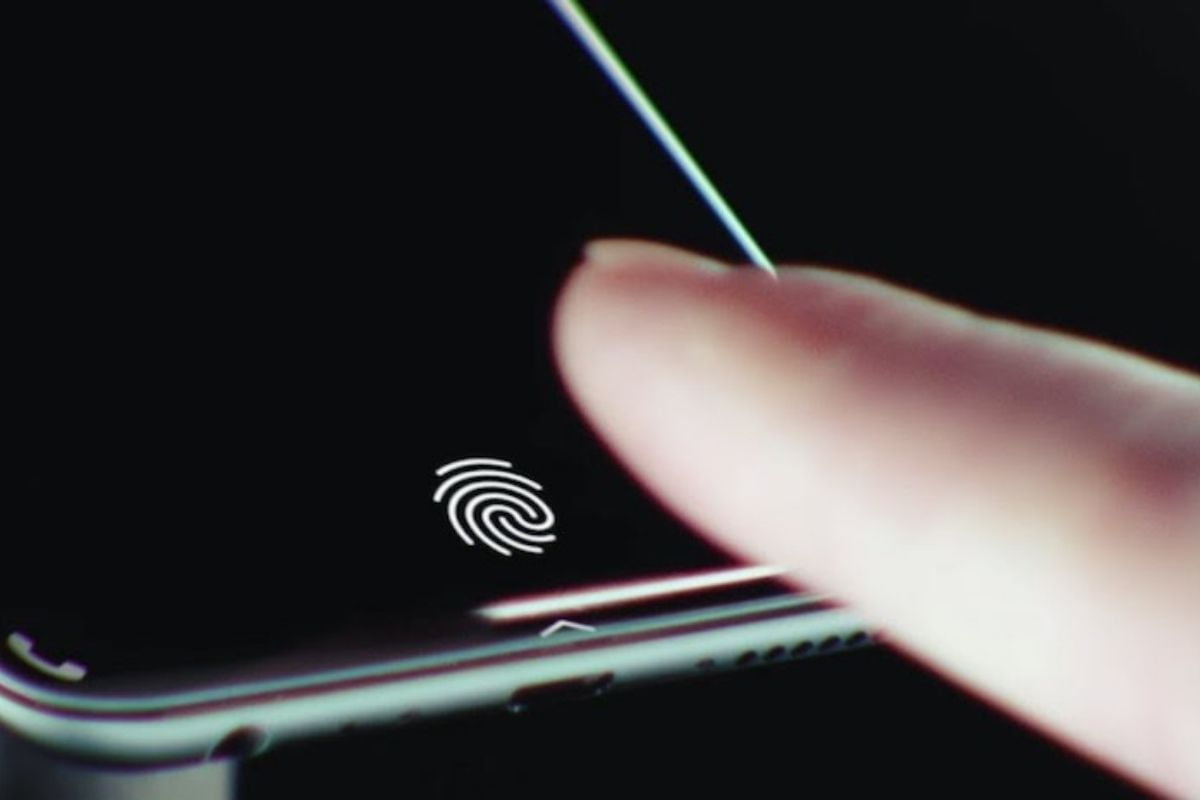Fingerprint sensors have become increasingly common in recent times and, to their advantage, they have proven to be quite useful tools, providing additional security to users who might not want to input their password or pin code every time they go to access their device. In recent times, however, the fingerprint sensor has gone through some major and drastic changes. The key amongst these changes is in relation to the shape and design of the fingerprint sensor. Earlier, there was just one kind of fingerprint sensor, a circular one that could be accessed either to the front of the display, much like the older iPhones or the ones to back, rather common on Android offerings. These days, two kinds of fingerprint sensors have caught the world by storm. The first one is located inside the display, with the second one located on the side of your smartphone. Which one is easier to use and, more importantly, which one should you choose? Read on to find out.
Pros and Cons of Side-Mounted Fingerprint Sensors
To better understand the differences between the in-display fingerprint sensor and the side-mounted fingerprint sensor, one must list out the pros and cons of both, in order to make the sound decision of which one is better for the concerned user.
- The first pro to using a side-mounted fingerprint sensor is in relation to ease of use. The user will always be holding the phone by the side, and the finger will rest close to, if not on the area where the sensor is located. This makes it easy to use even if the device is placed flat on a table.
- Side-mounted fingerprint sensors are also quicker than any other alternative, be it rear-mounted fingerprint sensors or in-display sensors with a pseudo fake effect in place since, when trying to pick up the device, you already touch the side and by the time the phone reaches closer, the device is already open, seeming like there was no fingerprint sensor in the first place. There are some cons though, one of them being slightly less security due to a smaller surface area when compared to those present on the rear, meaning that only a portion of your finger is being scanned. The second issue is in relation to smartphone cases, as some of them might be thicker than usual, rendering the sensors useless at times.
Pros and Cons of an In-Display Fingerprint Sensor
Now, coming to the in-display fingerprint sensor. They are the more advanced sort of fingerprint sensors, having come into existence a couple of years ago.
- The first pro of an in-display fingerprint sensor is also the positioning, since, much like the side-mounted one, it is quite easy to use, with the ease of use when the device lays flat being second to none. The size of these sensors is also quite decent, meaning that coverage is not an issue, something that was a concern with the side-mounted one.
- Another pro is in relation to the advancement. People love to be at the forefront of change and the in-display fingerprint sensor provided them with the opportunity. You could use a fingerprint sensor that is placed under the display, lying flush with the display, not requiring any additional chin or drop-off area. The cons here do outweigh the pros, since fingerprint sensors under the display are much slower than the side-mounted fingerprint sensors, especially in budget devices. Even the best of the best sensors will lack the pace that the side-mounted one can offer. Another issue is accuracy, since, if the in-display fingerprint sensor is the one that uses light to shine the part of your fingerprint, it can be easily replicated. Ultra-sonic fingerprint sensors are a bit better, so that is a good thing. Overall, if you wish to flex your device or just want a flashy feature, the in-display fingerprint sensor could be meant for you, but, for the user who chooses overall use case and function over form, the side-mounted fingerprint sensor should be your choice.


